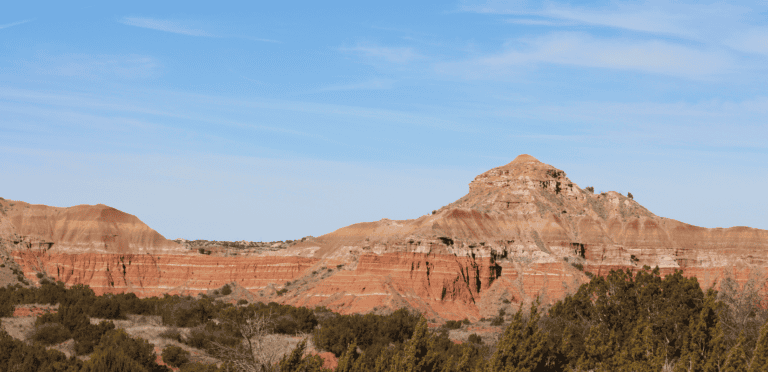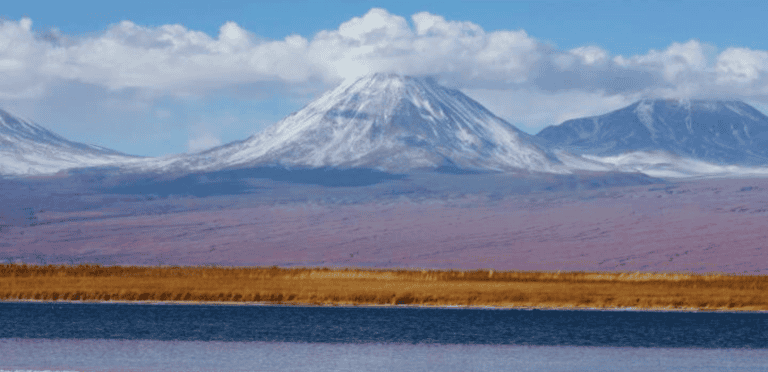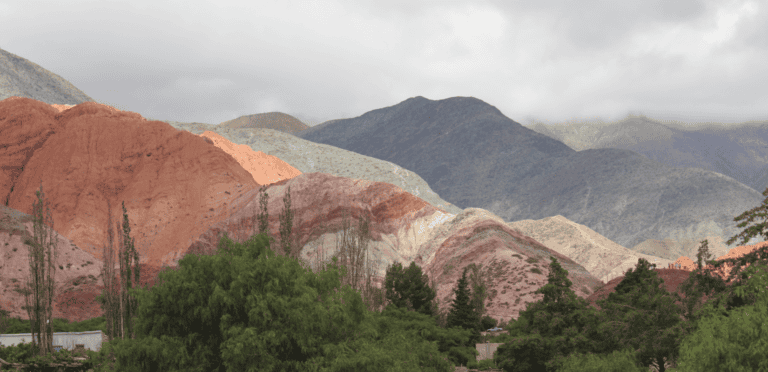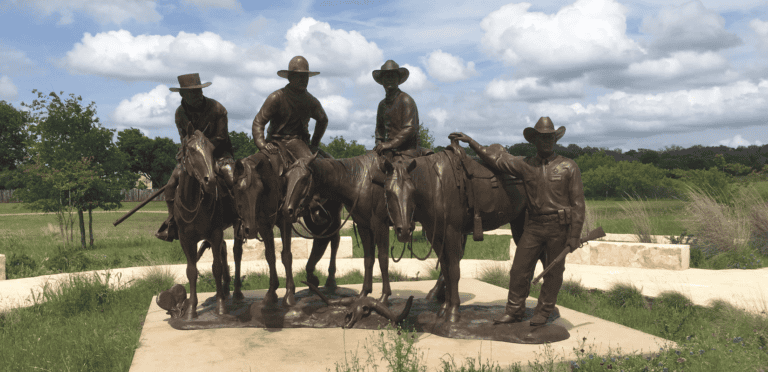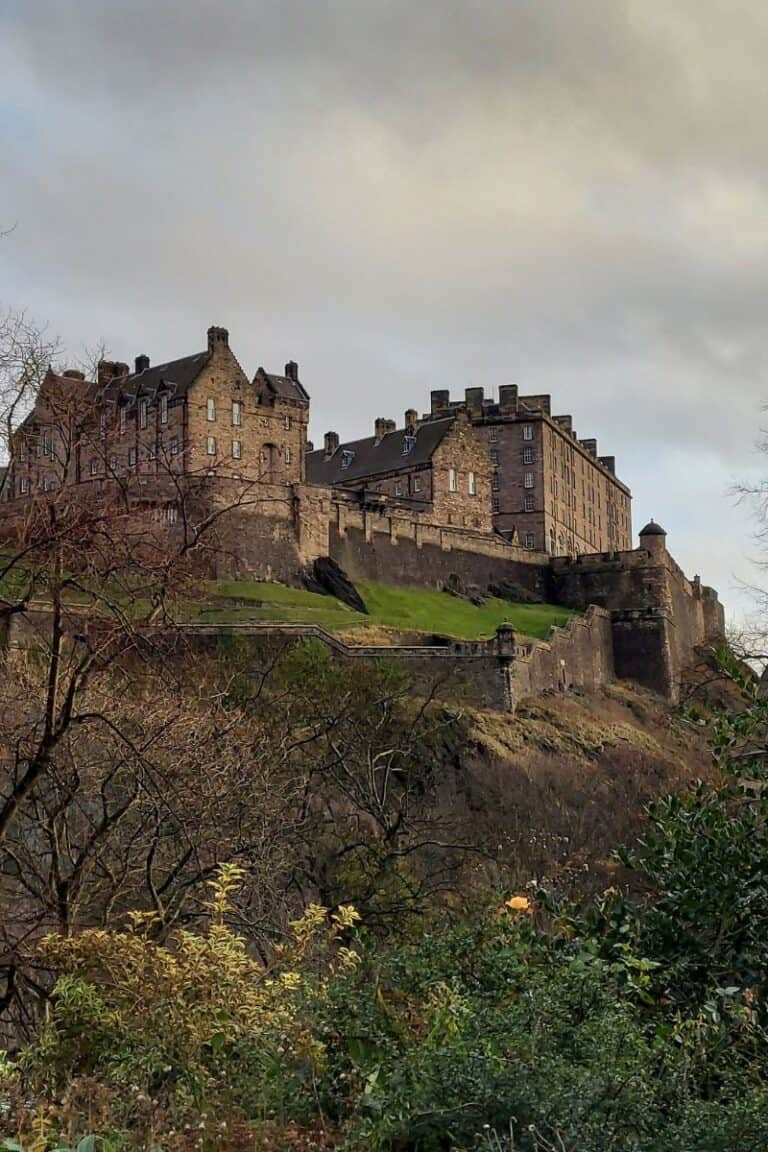9 Essential Tips For Visiting Machu Picchu
Visiting Machu Picchu is a bucket list dream for many travelers—and for good reason. The ancient Inca citadel is breathtaking, both in beauty and altitude.
But between the logistics, cost, and physical demands, getting there takes some thoughtful planning.
In this post, I’m sharing essential tips to help you prepare for your journey.
I hope this helps you make the most of your once-in-a-lifetime experience at Machu Picchu.
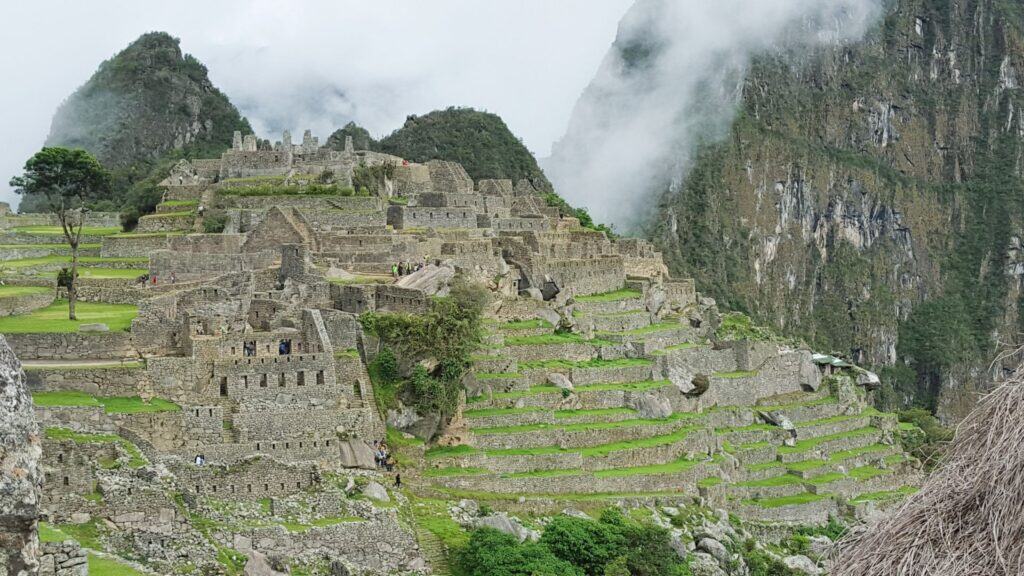
Ancient City Machu Picchu
You probably already know that Machu Picchu is an ancient Inca citadel located about 50 miles (80 km) northwest of Cusco, Peru.
Perched high in the Andes Mountains above the Urubamba River Valley, the site lies between two dramatic peaks—Machu Picchu (“Old Peak”) and Huayna Picchu (“New Peak”).
Recognized as a UNESCO World Heritage Site since 1983, Machu Picchu is one of the most significant and best-preserved pre-Columbian ruins in the world.
It sits at an elevation of 7,710 feet (2,350 meters), so altitude can be a factor for visitors.
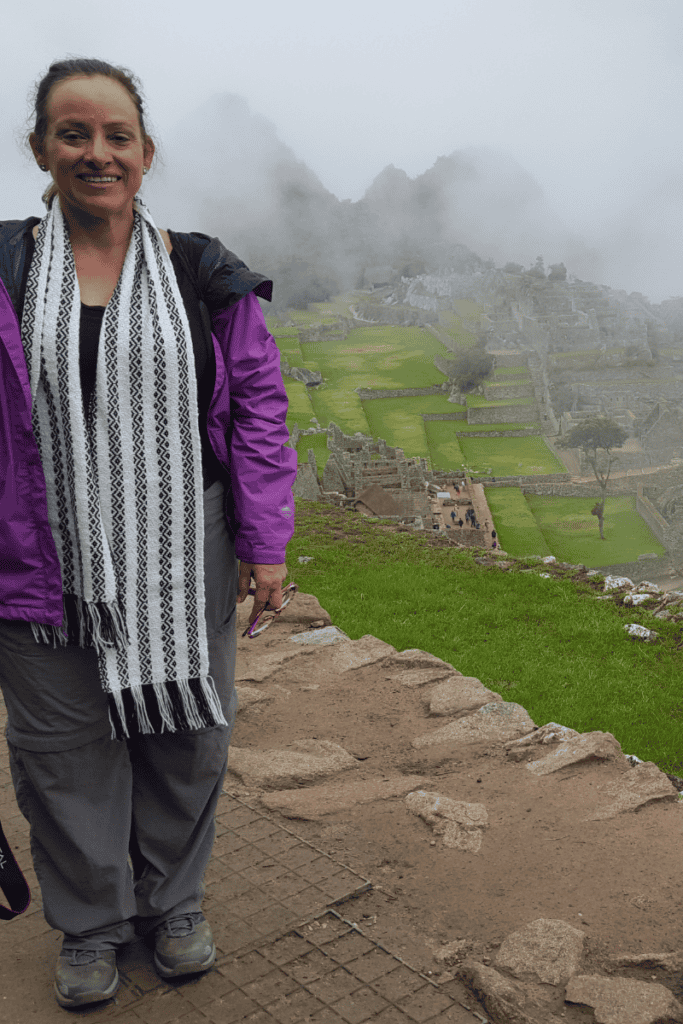
There are several ways to reach Machu Picchu, but most travelers start their journey in Cusco. From there, they take a scenic train ride to the small town of Aguas Calientes.
Once in Aguas Calientes, a shuttle bus takes you up nearly 1,640 feet (500 meters) along a winding road to the entrance of the ruins.
For those seeking more adventure, hiking the Inca Trail offers an unforgettable experience.
The classic trek, starting from the “km 88” train stop, takes three to six days to complete and leads you directly to Machu Picchu.
This is the kind of trip many people experience only once. With the physical challenges and logistics involved, a bit of planning can make all the difference.
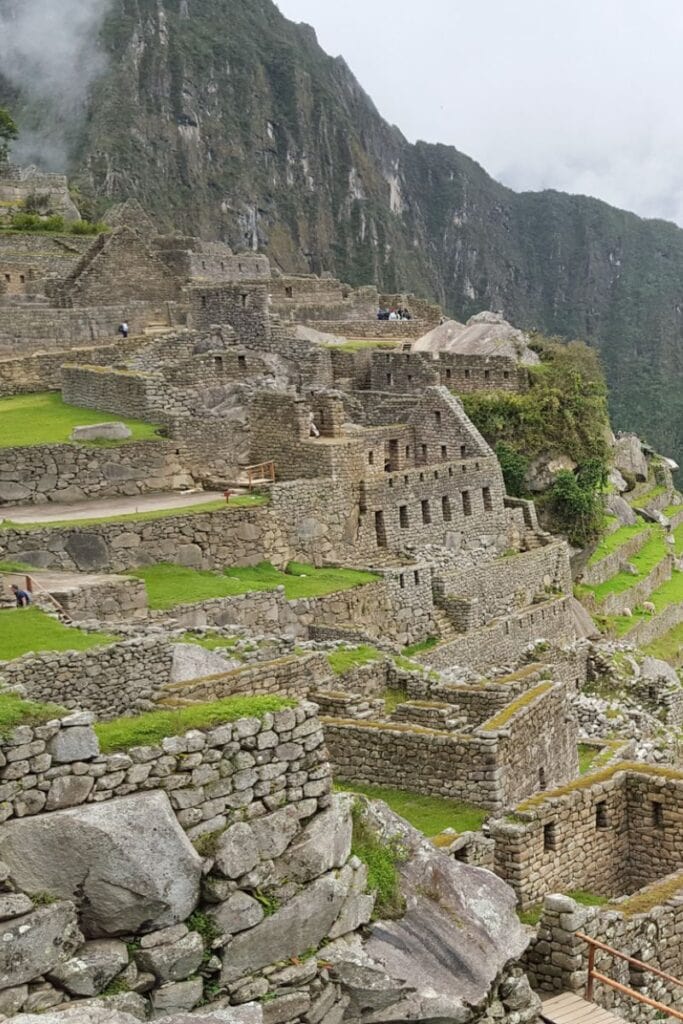
Essential Tips to Prepare For Your Trip to Machu Picchu
1. Get Medical Clearance Before You Go
Before you spend time or money planning your trip, make sure you’re healthy enough to handle high-altitude travel.
Machu Picchu sits at 7,710 feet (2,350 meters), and while that’s lower than Cusco, altitude can still be a serious issue—especially given how remote the site is.
In case of a medical emergency, help is limited, and evacuation can be difficult.
If you have high blood pressure or any chronic health conditions, talk to your doctor before booking anything.
It’s important to know how your body might react and whether you’ll need to take any special precautions.
I traveled with a family member who suffers from high blood pressure, and we had a serious scare at another high-altitude destination.
Thankfully, we were somewhere accessible, and we were able to drive to a lower elevation to stabilize things.
But I sometimes think about how different that situation could’ve been if we’d been in Machu Picchu—where the nearest airport can be closed due to poor visibility, and getting out quickly isn’t always an option.
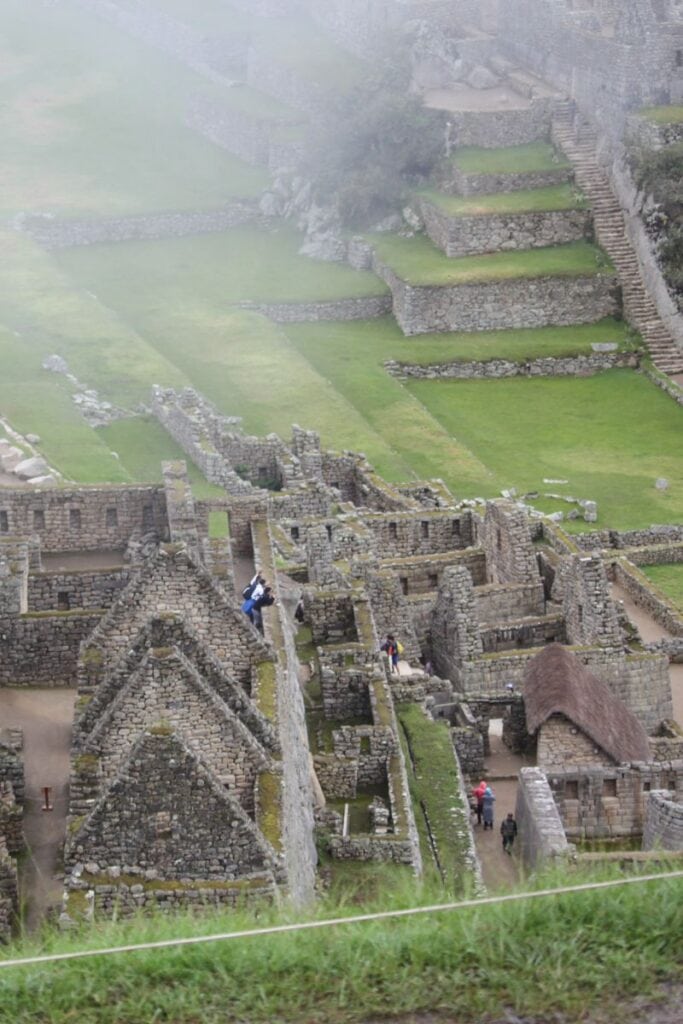
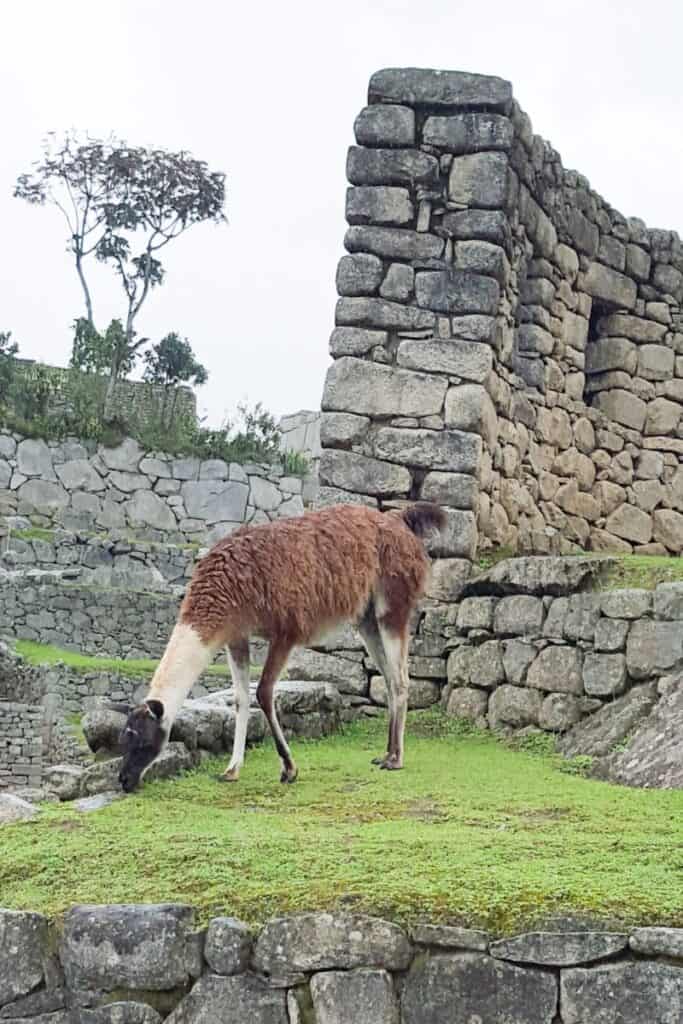
2. Choose How You Want to Get There
Once you’ve got the all-clear to travel, it’s time to decide how you want to reach Machu Picchu.
Do you dream of hiking the iconic Inca Trail or the scenic Salkantay Trek?
Or would you rather take the train from Cusco or Ollantaytambo and enjoy a more relaxed journey?
You can also opt to spend the night in Aguas Calientes and head up to the ruins early the next morning.
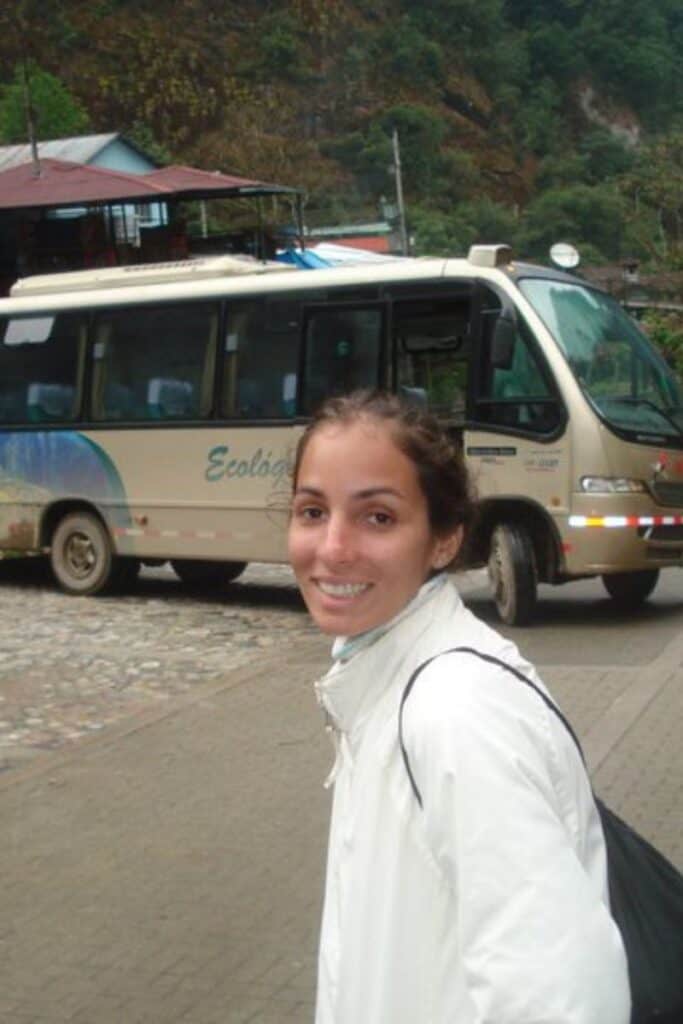
Although I don’t have any chronic health issues, I was still concerned about hiking at a high altitude.
After years of camping in my younger days, I’ve come to appreciate the comfort of a real bed over a sleeping bag on the ground.
So, I chose a route that suited me: a few days acclimating in Cusco, a scenic train ride to Aguas Calientes, and an early morning bus up to the site.
There’s no right or wrong way—just the way that’s best for you.
Think about how much time, energy, and physical effort you’re comfortable investing in getting to Machu Picchu, and plan accordingly.
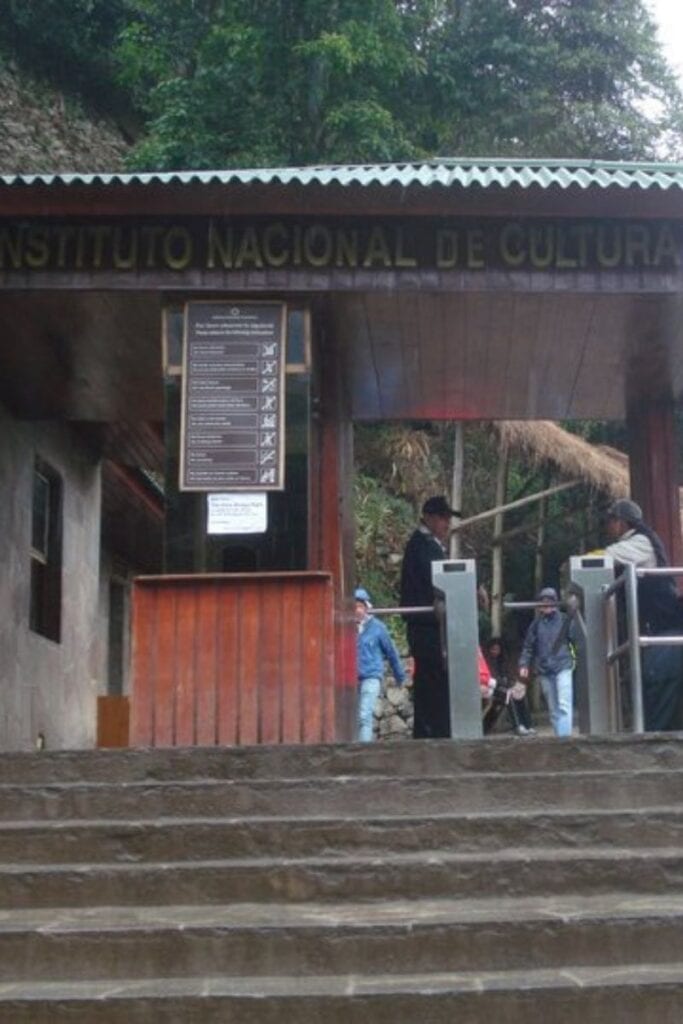
3. Purchase Your Entrance Tickets Early
To manage visitor numbers, the Peruvian Department of Culture uses a timed entry system for Machu Picchu.
You’ll need a ticket to enter the ruins and to hike any of the trails.
Tickets are limited, and enforcement is strict, so it’s important to book yours months in advance.
If you’re traveling independently, you can easily reserve your tickets online through the official Peruvian Department of Culture website.
Alternatively, you can join an organized tour, where tickets and entry times are usually included, along with a local guide for added insight.
Tip
If you’re booking an organized tour, double-check that your entry tickets—and Inca Trail permit, if applicable—are included in the package. This is especially important for treks like the Inca Trail, where permits are limited and must be secured months in advance.
4. Work on Your Fitness Level
Before your trip, focus on improving your fitness level.
I’m not talking about a major overhaul—just a few simple changes.
Walking 15-20 minutes daily for three to four weeks before your vacation can boost your lung capacity and stamina.
With the altitude change, any fitness improvement will help.
Even though I was healthy, I noticed the difference.
Shorter hikes at high altitudes in the days leading up to my visit to Machu Picchu made exploring the ruins so much easier.
I enjoyed the sights without having to stop and catch my breath every 10 minutes.

5. Take Time to Adjust to the Altitude
Give yourself a couple of days to adjust to the altitude before visiting Machu Picchu.
Spend time in Cusco, which sits at a higher elevation than Machu Picchu.
Alternatively, you can stay in other places in the Sacred Valley.
Drinking coca tea can help with altitude sickness. It’s commonly available in hotel lobbies throughout the area.
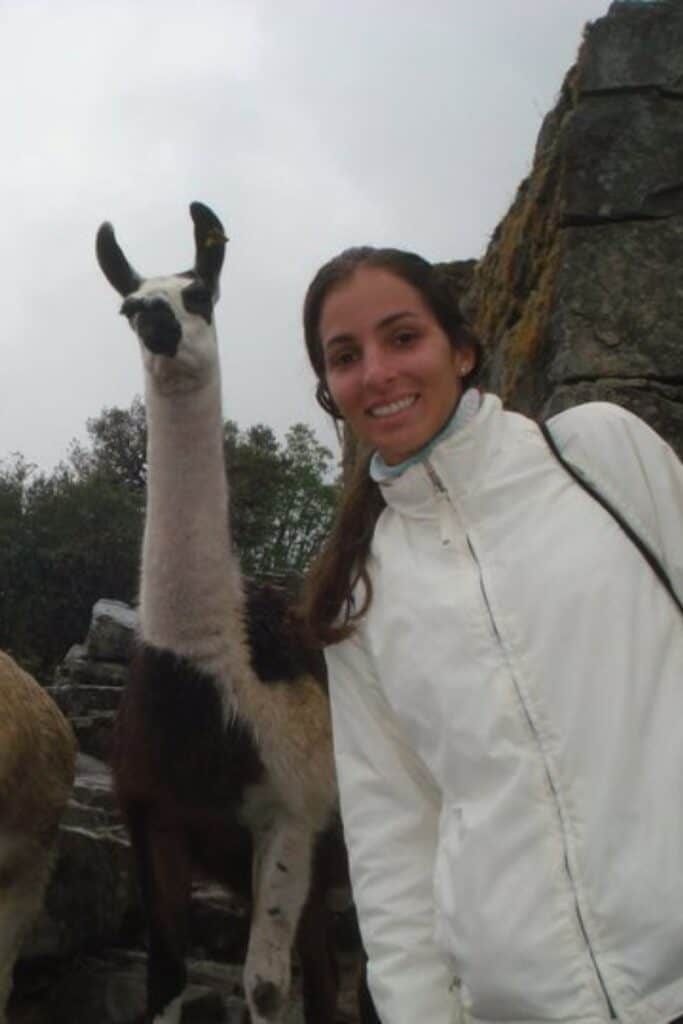
6. Stay Hydrated!
Drink plenty of water!
Staying hydrated is one of the best ways to minimize altitude sickness.
Aim for 1-1.5 liters per day, but start hydrating before you even reach higher elevations.
Drink water consistently throughout the day for the best results.
During my trip in Peru, I bought large 5-liter bottles of water and kept my flask filled at all times.
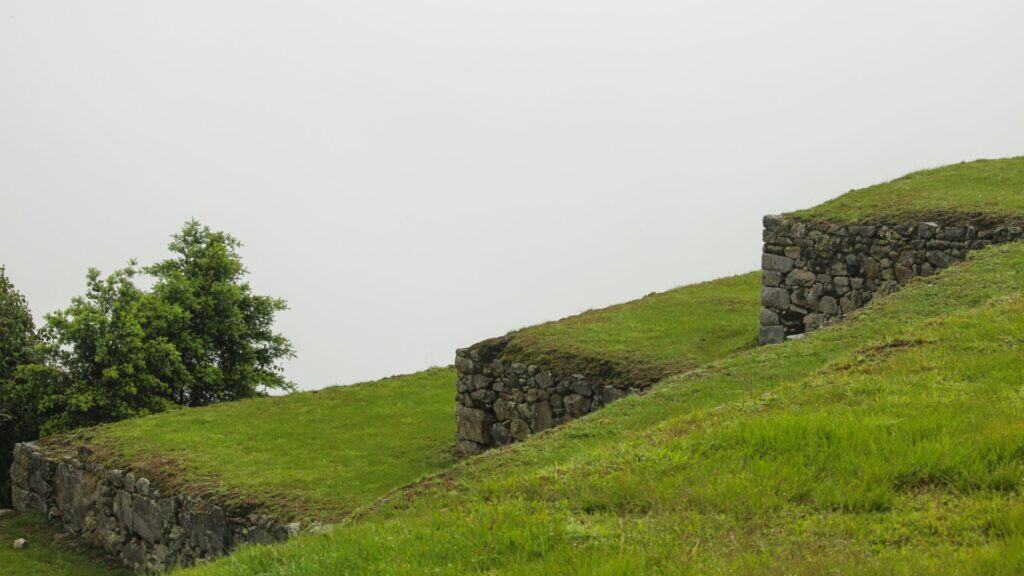
7. Pack Smart
If you’re hiking the Inca Trail, check with your tour operator for specific weight limits and packing recommendations.
The amount of gear you can bring will be very limited.
In any case, pack layers and a rain jacket. Weather in the Andes changes quickly—it can be warm in the afternoon and freezing at night.
Also, keep in mind that the roads are bumpy and muddy, so sturdy shoes and a durable bag are a must.
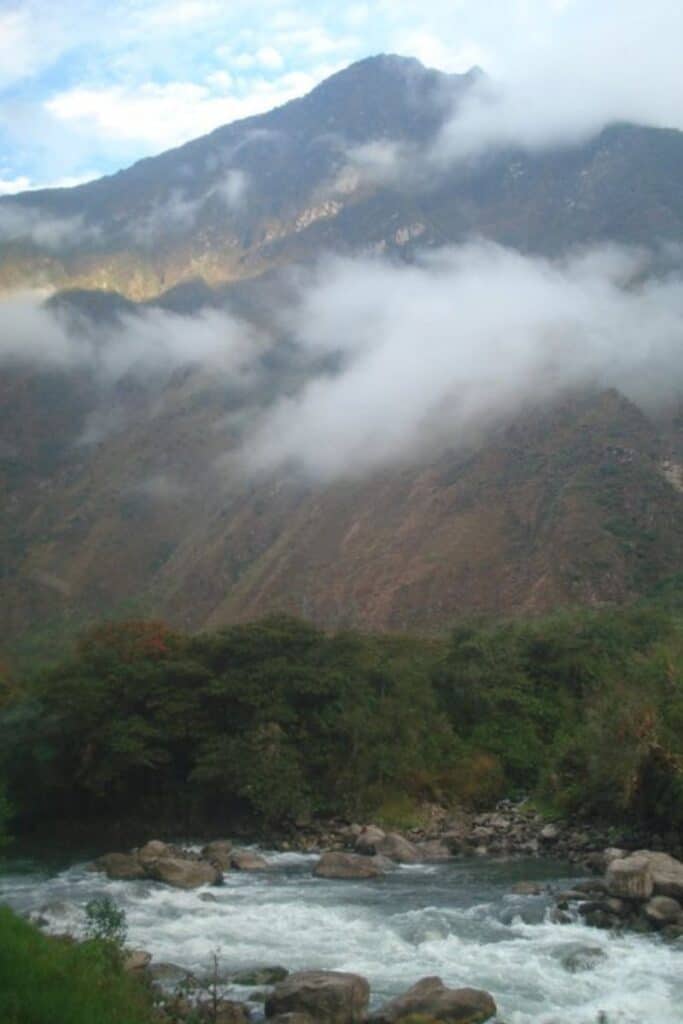
8. Protect Yourself from the Sun and Bugs
At high altitudes, the air is thinner, and UV rays penetrate more intensely.
Sun protection is essential, so don’t forget to apply sunscreen.
Don’t be fooled by the cover of clouds, I’ve had my worst sunburn on a cloudy day.
The lush vegetation around Machu Picchu also means there are plenty of bugs, so make sure to use insect repellent.
For added protection, wear long sleeves, long pants, and UPF-rated clothing. This will shield you from both the sun and bugs.
9. Don’t Forget Your Passport (You Need It for Entry)
This is a critical tip—don’t forget to bring your passport along with your ticket.
Machu Picchu requires both your ticket and your physical passport for entry.
The passport helps verify your identity and ensures it matches your ticket. Without both, you won’t be allowed into the ruins.
Before you leave …
Now that you’re ready to plan your trip to Machu Picchu, I have one last “tip”:
Don’t forget to get your Machu Picchu passport stamp at the entrance gate!
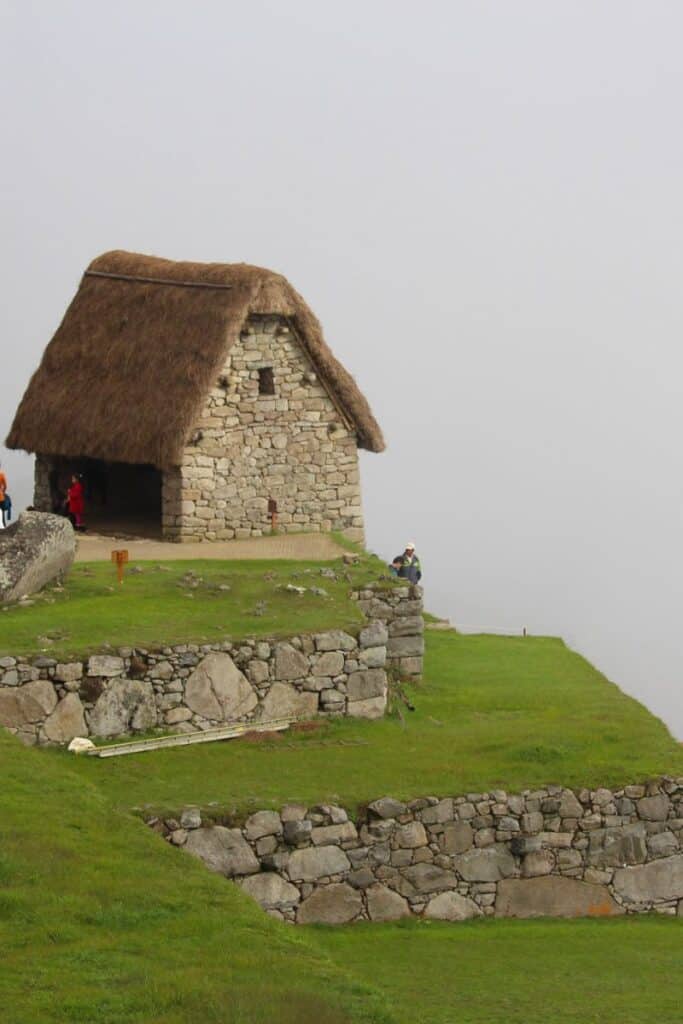
It’s free, easy to miss, and makes for one of the best travel souvenirs you’ll ever have.
Every time I flip through my passport and see that stamp, I’m instantly taken back to the magic of that day!
Have you been to Machu Picchu? Do you have any tips that can help make a vacation to this iconic destination great?
Share it in the comments below. We’d love to hear from you!
